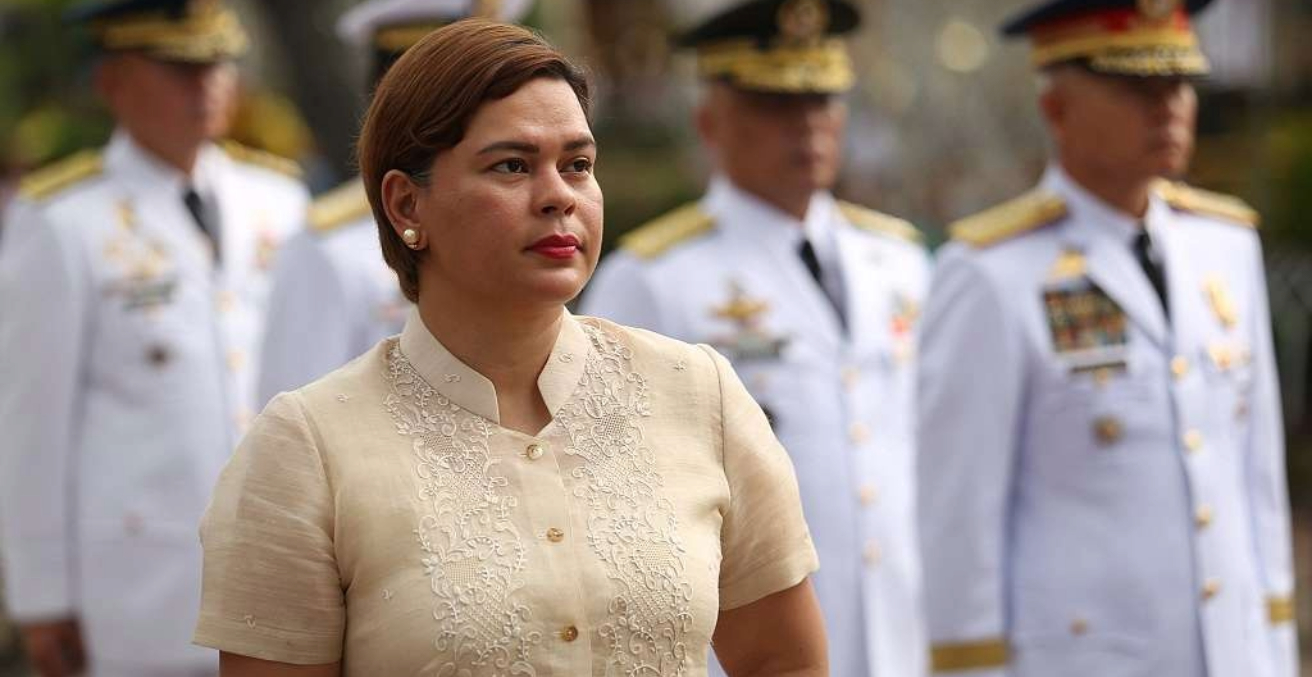David Horner’s account of Australia’s management of its wars between 1914 and 2003 surveys the big decisions involved. It covers much useful history while drawing out rules of the “war game.”
As author and editor of many works on Australia’s high command in the Second World War and Australian strategic and defence policy, Horner distils the product of a lifetime’s worth of study into a short narrative of Australian involvement in nine wars. He focuses on the decision-making level so as to illustrate his ten rules of the “war game.”
He explains his use of the word “game” in the book’s introduction. The modern social sciences usage refers to a contest with rules, multiple participants, and an outcome in which there may be winners and losers. Horner, however, cites an earlier usage of the word in this context. In the eighteenth century, British literary figure and politician Horace Walpole noted that in the game of war, the lives of those who fight are in the hands of what he called “gamesters.”
Politicians and their advisers – military and civilian – decide whether to go to war and how to fight. This book is about how the Australian gamesters made their decisions, not about the experience of war from the perspective of the human “chess pieces” they deployed on the various game boards in play. The experience of war will have been among the most momentous in the lives of these pieces, as evidenced by the enduring and bottom-up popular support for ANZAC Day. But it is not as an account of these experiences that Horner’s succinct history of decision-making gains its narrative strength. The storyline holds the reader’s attention because of the importance and consequences of the decisions that were made.
Horner uses his narrative to develop ten rules of the game, in which he emphasises that decision making in wartime is an unavoidably collective activity due to the political and military imperatives, relationships, and constraints that must be considered. That strand of the argument starts with the second rule: the leader is not the source of all wisdom.
An equally important strand flows from Australia’s wars always having been fought as a junior coalition partner. Collective choices have always involved more than Australian political and military leaders. Horner’s rules therefore emphasise Australia’s need for access to allied strategic decision-making and a high-quality intelligence gathering capacity of its own. The second-last sentence of the book drives this home:
“The failure of the United States in Iraq […] should lead to at least two vital conclusions: that the US process for going to war was deeply flawed and Australia would be wise to treat any US plan for war with deep suspicion; and Australia should not smugly assume that it might not engage in the same faulty process in the future.”
The scale of Australia’s involvement in the two world wars was vastly greater than in the following seven wars it fought in, but Horner finds commonalities across the nine. The real point of separation, he finds, came two-thirds of the way through the Second World War when John Curtin’s War Cabinet fundamentally changed the approach to Australian strategic and defence policy.
All previous overseas deployments of forces had been either to help a major ally win a big war or, in 1942, to help ensure the security of Australia, in Southeast Asia and the early campaigns in Papua and New Guinea. On 1 October 1943, the Curtin government adopted as a rationale for the nation’s contribution for the remainder of the Second World War winning Australia a voice in big issues of international politics. This continued to be the main rationale for the decisions of Australian governments in all the subsequent wars.
While Horner derives his rules specifically from Australia’s historical experience, he acknowledges one generalised rule of war: decisions always have to be made and carried out amid high levels of unpredictability and uncertainty. Thus, he qualifies his first rule, that the most important decision is whether to commit, by noting that the decision needs to be made with the knowledge that there will always be unintended consequences.
Perhaps the most poignant illustration of these points is a retrospective quote from the Australian military leader most influential in decisions on Australia’s entry to the Vietnam war: the chairman of the Chiefs of Staff Committee, Air Chief Marshall Sir Frederick Scherger.
“If one expected America to do anything on our behalf, then we had to do something to show willingness to assist. It was never conceivable to us that America would lose – no way; but lose she did.”
Horner shows that the loss was, in fact, conceivable to some Australian officials, namely those in the foreign affairs establishment who felt insufficiently included in the decision-making by politicians and military commanders. Their feelings of exclusion would later feed into a root-and-branch restructuring of defence and policymaking under foreign affairs veteran Sir Arthur Tange. Anyone wishing to understand the Defence diarchy of the Secretary and Chief of the Defence Force will benefit especially from Horner’s Vietnam chapters as a case study in civil-military relations.
The book should be required reading in Australian history and international relations classes for the arguments Horner makes about collective decision-making and the perils of collaborating with great and powerful friends. Its largest contribution may be the way that Horner’s arguments are embedded in a body of historical cases that should be in the collective consciousness of all Australians, not only of those who work in defence and international policy.
This is a review of David Horner, The War Game: Australian War Leadership from Gallipoli to Iraq, (Allen & Unwin: 2022), Paperback ISBN: 978 1 76106 595 8
Peter Hamburger was head of the Cabinet Secretariat and Cabinet Division in the Department of the Prime Minister and Cabinet from 2001 to 2007.
This article is published under a Creative Commons Licence and may be republished with attribution.




